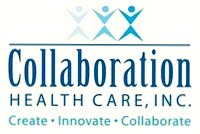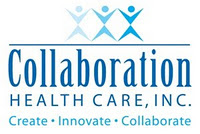
A study by GfK Custom Research of 502 private-sector employers painted a picture of where employers stand today regarding the Affordable Care Act and offering health insurance benefits to employees. Not surprisingly, most still don’t believe the Affordable Care Act will have much impact on the future costs of health care, and many believe it will actually increase the costs in the future. However, the majority of employers still don’t understand what is in the law and how it is supposed to work- so, the comments are based more on perception than fact.
Over 55% of the employers indicated they would continue to offer health insurance to their employees even after the major components of the “insurance reforms” of the Affordable Care Act are put in place. However, the responses were dependent on the siz e of the company. Most large companies plan to continue to provide health insurance- while smaller companies aren’t so sure. Over 30% of the companies (both large and small) are unsure whether they will continue to offer health insurance as a benefit to the employees in the future. Not surprisingly, the majority not offering health insurance now base their decision on cost (not on the Affordable Care Act).
e of the company. Most large companies plan to continue to provide health insurance- while smaller companies aren’t so sure. Over 30% of the companies (both large and small) are unsure whether they will continue to offer health insurance as a benefit to the employees in the future. Not surprisingly, the majority not offering health insurance now base their decision on cost (not on the Affordable Care Act).
 e of the company. Most large companies plan to continue to provide health insurance- while smaller companies aren’t so sure. Over 30% of the companies (both large and small) are unsure whether they will continue to offer health insurance as a benefit to the employees in the future. Not surprisingly, the majority not offering health insurance now base their decision on cost (not on the Affordable Care Act).
e of the company. Most large companies plan to continue to provide health insurance- while smaller companies aren’t so sure. Over 30% of the companies (both large and small) are unsure whether they will continue to offer health insurance as a benefit to the employees in the future. Not surprisingly, the majority not offering health insurance now base their decision on cost (not on the Affordable Care Act).In 2004, about 68% of the employers offered health insurance to their employees. The number stands at 60% today. By 2014 (when the theoretical “health insurance exchanges” are supposed to be operational) the number will likely be somewhere between 50-60%.
If the numbers hold, consumers are going to need to purchase health insurance different than they have in the past. They are going to need more education, more guidance, and more “transparency” than ever before. Transparency has never been a core competency of Health Care.
So, while Health Care focuses on all of the other transactional details to establish exchanges, develop new delivery models (Accountable Care Organizations), collect data, and all the rest let’s hope it doesn’t forget about the needs of those who can really have an impact on changing the trajectory we are on today- the individual/the patient.
All the new ideas won’t make much of a difference if the individual doesn’t understand how they work- or are too confused to be engaged to use them.




